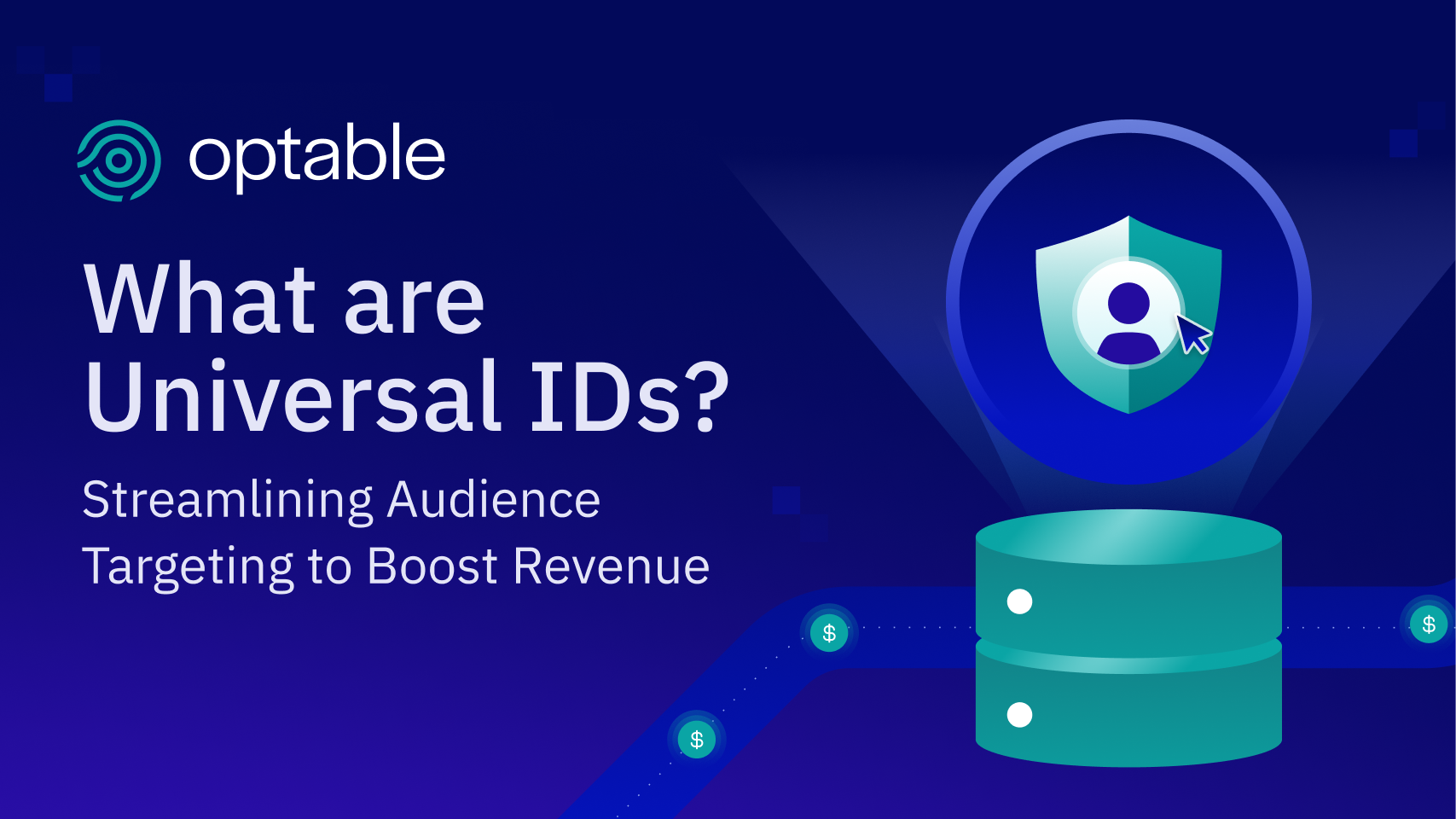Thank you to everyone who joined us for Optable Connect 2025. This year’s theme was clear: AI is moving from buzzword to backbone. Across keynotes, live demos, and candid panel debates, we saw how the industry is stitching together data, automation, and standards to create real business value for publishers, marketers, and technology partners.
We’re sharing the highlights, the big ideas, and practical takeaways you can bring back to your teams.
The Big Idea: Agentic Collaboration + Open Standards
In the opening, Optable's CEO, Vlad Stesin framed an industry in transition: more first‑party data, more privacy pressure, and faster AI cycles — with power steadily shifting toward publishers. The question is how to turn that shift into durable value. Our answer: Agentic Collaboration (human‑in‑the‑loop AI agents working across adtech workflows) and AdCP, the Ad Context Protocol, a standard that lets those agents and platforms talk to each other reliably. Learn more about AdCP.
Vlad Stesin laid out definitions and the vision of agent‑driven planning, activation, measurement, and optimization with people in control of the loop. Most importantly, he envoked in the audience a strong call to action - lets built this ecosystem together.
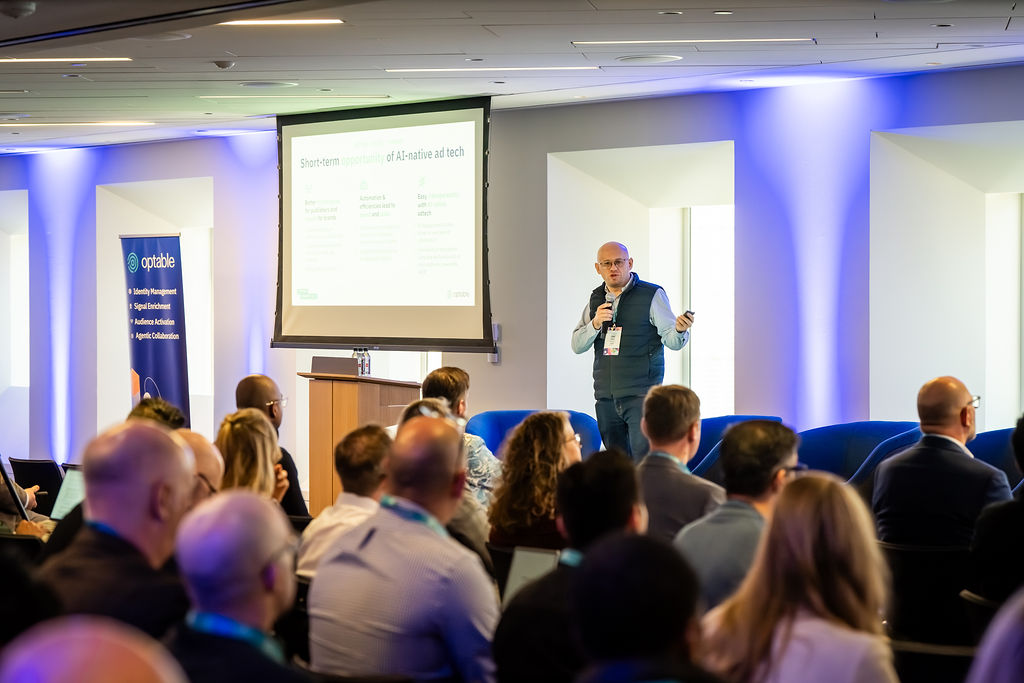
AI in Action: From Brief to Audience (and Back Again)
In the live product session Optable's CPO, Bosko Milekic, and Jeremie Lasalle Ratelle, CTO, showed Planner Agent working the way teams work: read a brief, propose audiences, find pre‑built segments, activate, and share relevant insights — and importantly, say “I don’t know” when it should.
We also previewed how AdCP underpins agent‑to‑agent and agent‑to‑platform communication, connecting buyer and seller agents through shared standards.
Takeaway: Bringing prompts to data — with standards for how agents exchange context and results — compresses planning cycles and keeps humans firmly in charge of strategy.
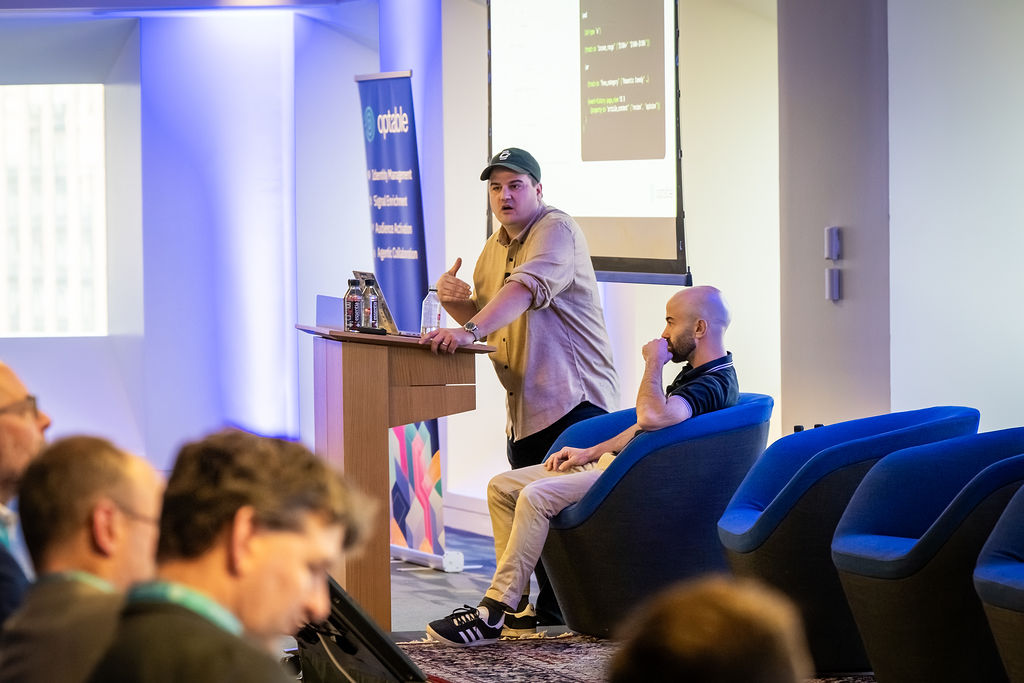
Session Highlights
1. AI in Media Buying: What’s real, what’s not, and where we’re going
Moderator: Vlad Stesin (Optable)
Speakers: Brian O’Kelley (Scope3), John Hoctor (Newton Research), Michael Driscoll (Rill Data)
This conversation separated real progress from hype. Themes included:
- Control vs. automation: Agent frameworks are useful only if they’re transparent and auditable; the buyer stays the editor‑in‑chief.
- Signals that matter: As identifiers fade, resilient signals (quality context, consented first‑party data, robust outcomes feedback) become the bedrock.
- Standards momentum: Agents need a common language; AdCP emerged as that connective tissue for planning and buying.
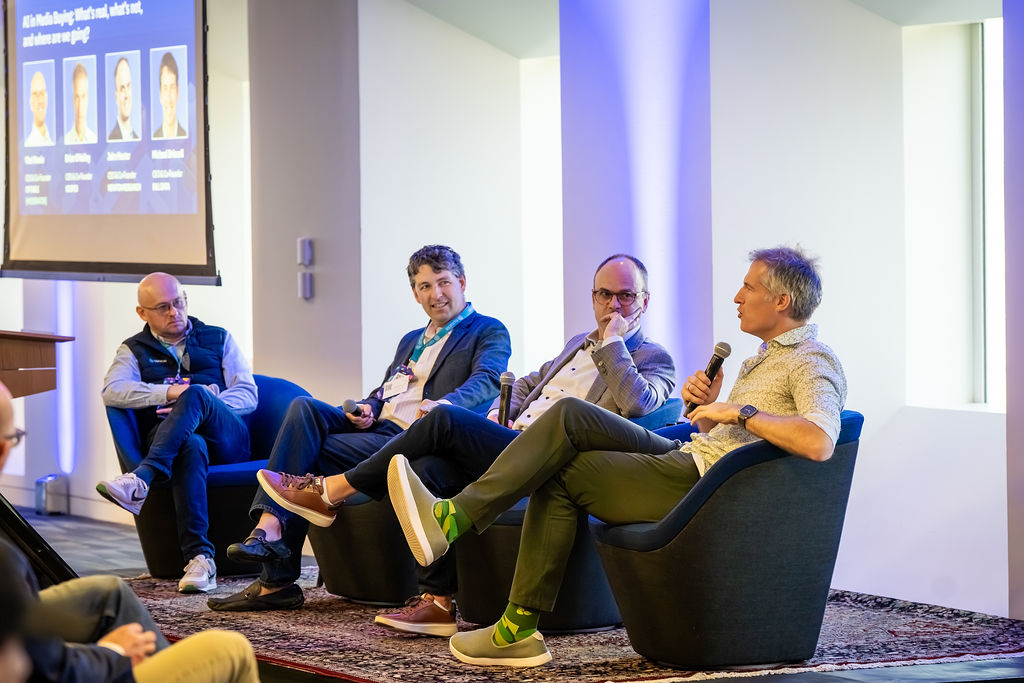
2. From Signal Loss to Signal Intelligence: Driving Performance with AI & First-Party Data
Moderator: Patrick Viau (Optable)
Speakers: Adam Heimlich (Chalice AI), Lindsay Van Kirk (People Inc), Chris Feo (Unity)
The group showed how to turn sparse, privacy‑safe inputs into actionable “signal intelligence.”
- AI fills the gaps by learning from patterns across contextual, behavioral, and first‑party signals — not by recreating invasive identifiers.
- Clean collaboration environments and data interoperability are now table stakes for responsible, high‑performance activation.
- Practical step: start by improving first‑party data quality (schema, freshness, event depth) before layering AI models.
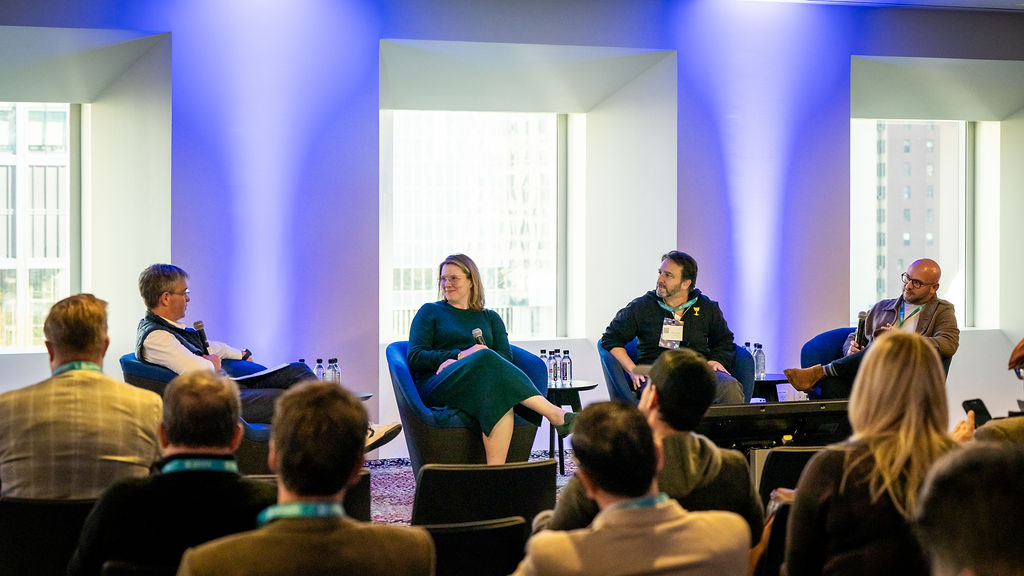
3. How Content Owners Can Navigate Their Relationship With AI Giants
Presenter: Anthony Katsur (IAB Tech Lab) joined by Jonathan Roberts (People Inc.)
Anthony Katsur delivered a wake-up call for publishers facing signal and traffic loss in the age of AI. He explained how LLMs freely crawl and summarize the open web, disrupting the traditional value exchange that once drove site visits and revenue.
To address this, he introduced the Content Monetization Protocol (CoMP) — a new technical framework that enables publishers to set access terms, authenticate usage, and monetize AI queries. The initiative includes secure API-based communication, tokenized content tracking, and a phased rollout:
- Phase 1: Establish API controls and crawler access and discovery standards
- Phase 2: Build monetization models like cost-per-query
His main message: It’s time for publishers to get paid for the value their content brings to AI models.
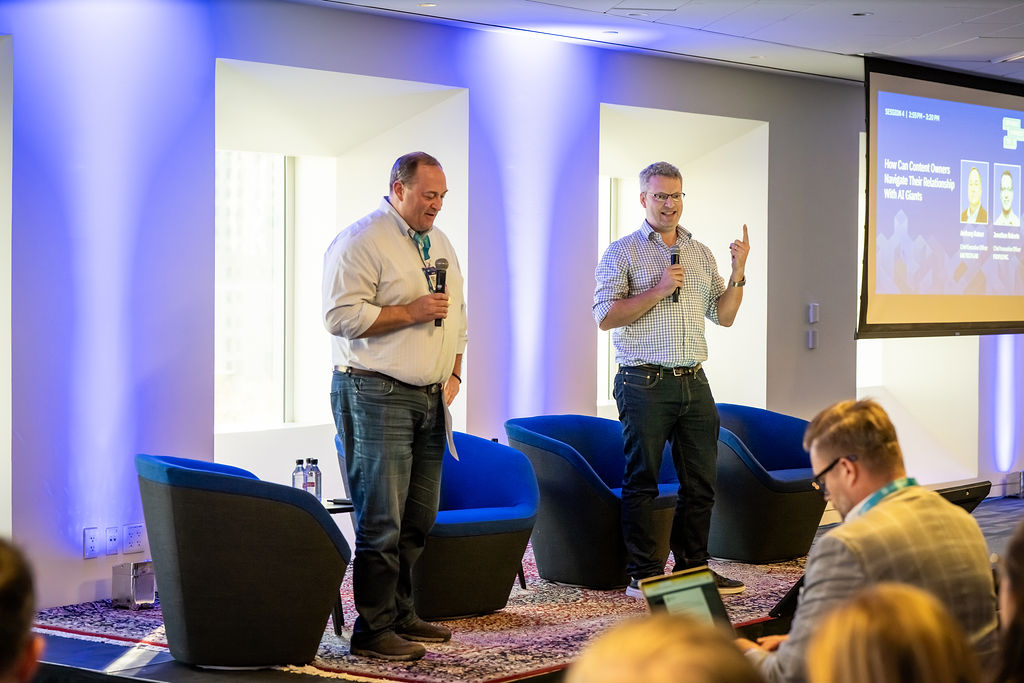
4. Creating a Buyer & Seller Win‑Win With Curation
Moderator: Rob Beeler (Beeler.tech)
Speakers: Paul Bannister (Raptive), Lori Goode (Index Exchange), Kyle Vidasolo (Elcano)
Curation is evolving from “nice to have” to efficiency engine:
- Publishers gain yield, control, and transparency.
- Buyers get cleaner supply paths, clearer audience definition, and measurable outcomes.
- The most compelling examples came from publisher‑SSP‑curation partnerships, showing how audience + inventory packaging can outperform the open marketplace when executed with shared incentives.
.jpg)
5. Fueling Smarter Media: Data & AI with Hearst and The Weather Company
Moderator: Kristy Schafer (Optable)
Speakers: Jessica Hogue (Hearst), Felix Zeng (The Weather Company)
Two leaders shared what it looks like to be AI‑ready end‑to‑end:
- Data architecture first: Organize front‑end use cases (personalization and advertising) atop back‑end structures that make data ML‑ready.
- Context is a superpower: Weather‑driven and behavioral signals unlock relevant experiences and new monetization paths — from syndicating data to vertical partners to novel ad formats.
- Cross‑device and journey insights: Several examples showed how consolidating consented signals informs both UX and yield.
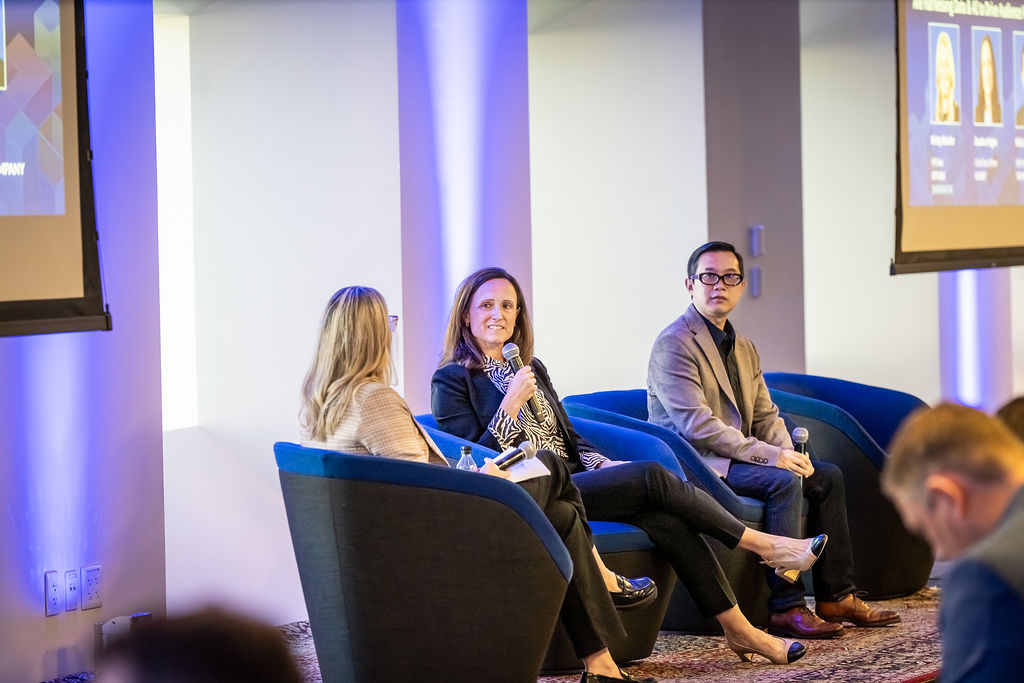
6. How the Data Landscape Is Helping Power the Next Era of Addressability
Moderator: Andrew Dumas (Optable)
Speakers: Jonathan Durkee (True Data), Mathieu Roche (ID5), Ryan Teshima-McCormick (MediaWallah)
The final panel discussed how the industry is adapting to a rapidly changing identity landscape, where cookies and device IDs are disappearing, and regulation is reshaping how data is used:
- The panel examined how adaptive, cross-channel identity frameworks are redefining addressability amid disappearing cookies and tighter regulations.
- Speakers agreed that fragmentation, not signal loss, is the core challenge, highlighting the need for standardized, interoperable approaches across CTV, mobile, and audio.
- First-party data and AI-driven probabilistic identity were cited as key enablers of more accurate, privacy-conscious targeting and measurement.
- The session concluded with a call for open, collaborative identity frameworks to create durable, future-ready addressability across the ecosystem.
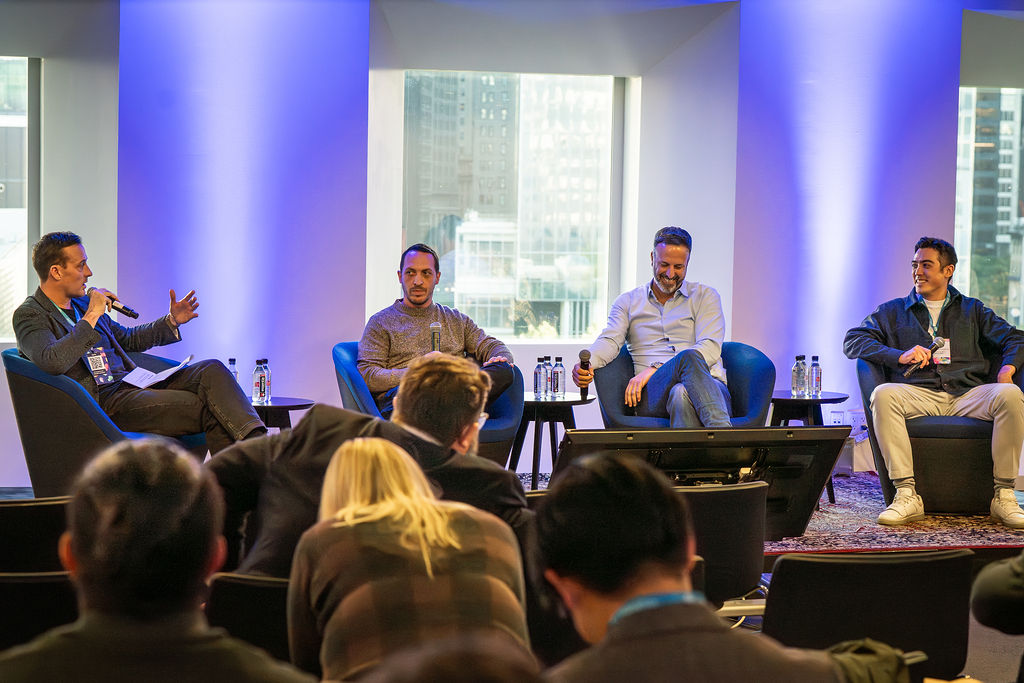
Six Takeaways
- Make your data AI‑ready. Tighten schemas, enrich event depth, and ensure governance so agents can act confidently on your data.
- Adopt agentic workflows where they help most. Start with planning and audience construction; keep humans in the loop to set strategy and guardrails.
- Lean into curation. Package high‑quality audiences with transparent supply paths; align incentives so “win‑win” isn’t just a slogan.
- Build on open standards. Agents need a shared language — AdCP for collaboration across planning, activation, and optimization.
- Measure what matters. As signal fragmentation grows, optimize to outcomes and value, not vanity metrics. Our own results show that improved addressability can correlate with 35%+ CPM uplift when audiences get demonstrably more valuable.
- Prepare for the next era of addressability. Focus on interoperable identity frameworks, first-party data, and AI-driven probabilistic models to create durable, cross-channel addressability grounded in trust and transparency.
What’s Next
Our focus remains the same: help publishers and their partners monetize more effectively by connecting data, AI, and standards into a working system.
- We’ll continue to invest in enterprise‑scale identity and signal activation — the groundwork for intelligent workflows.
- We’ll deepen Agentic Collaboration — practical agents, transparent controls, and interoperability via AdCP.
If you joined us, thank you for the energy and open conversation. If you couldn’t make it, we hope this recap helps you catch up — and we’d love to keep the discussion going.
Let’s build the connective tissue of this new ecosystem — together.

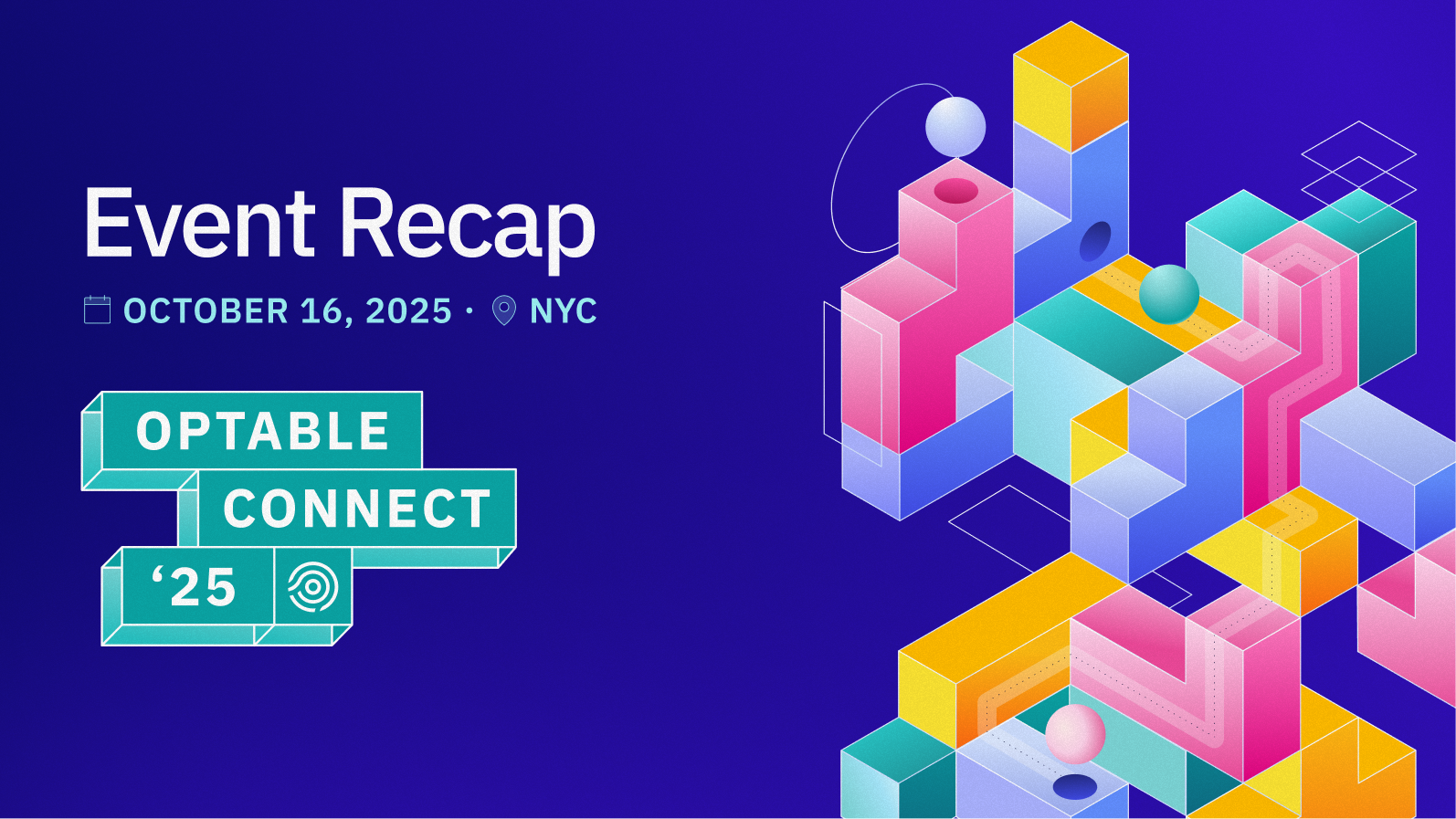
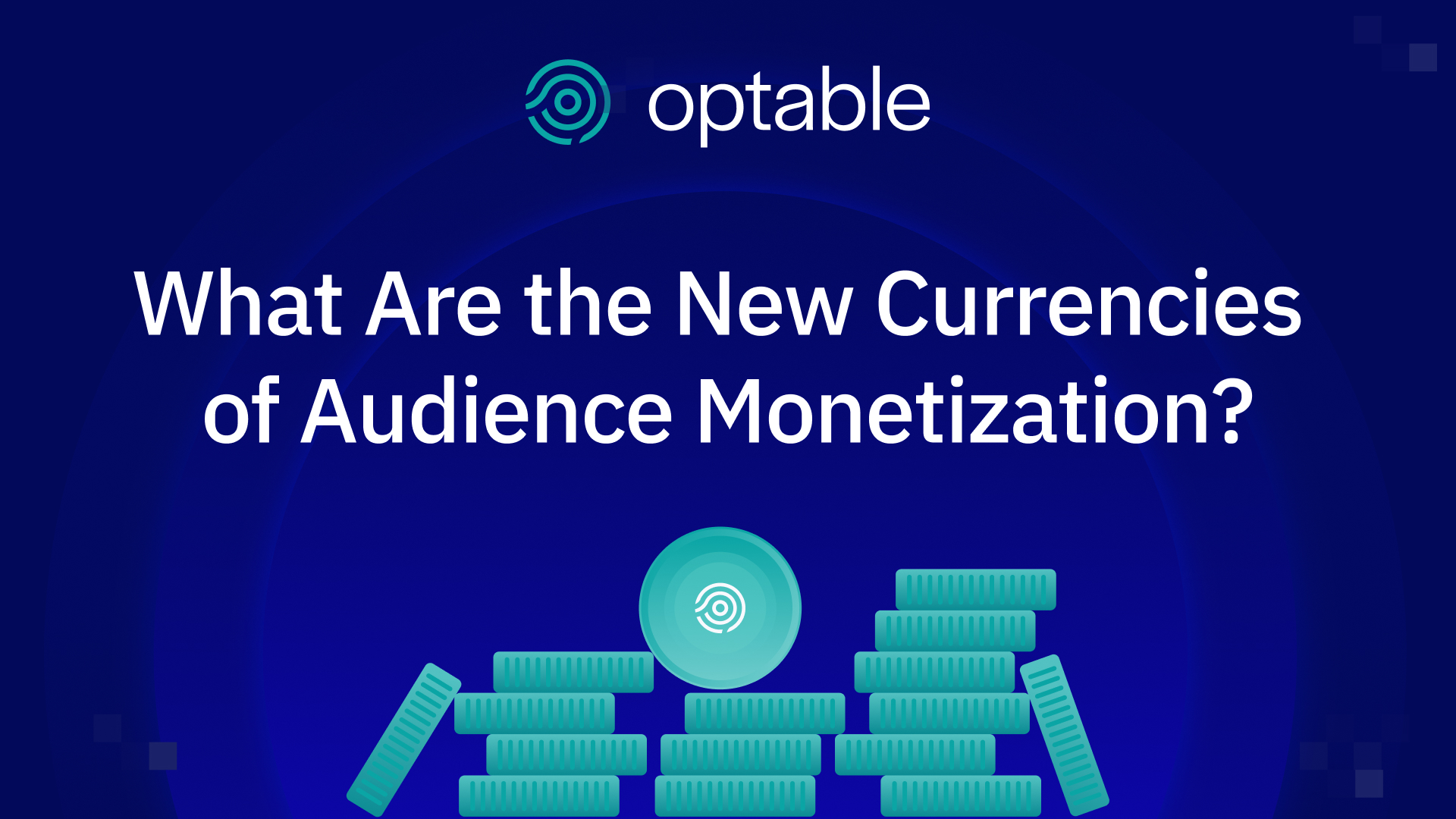
.png)
